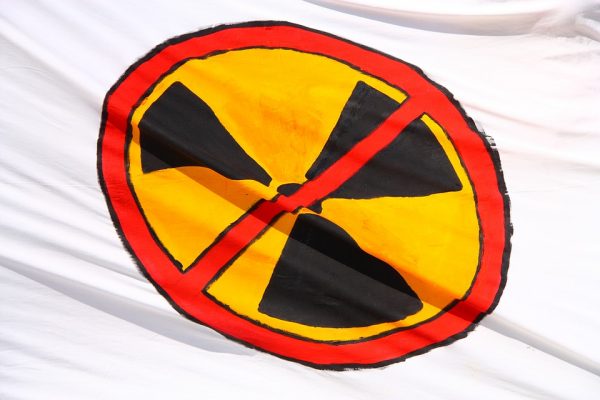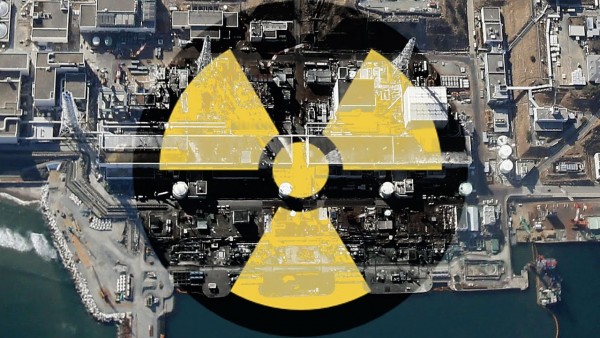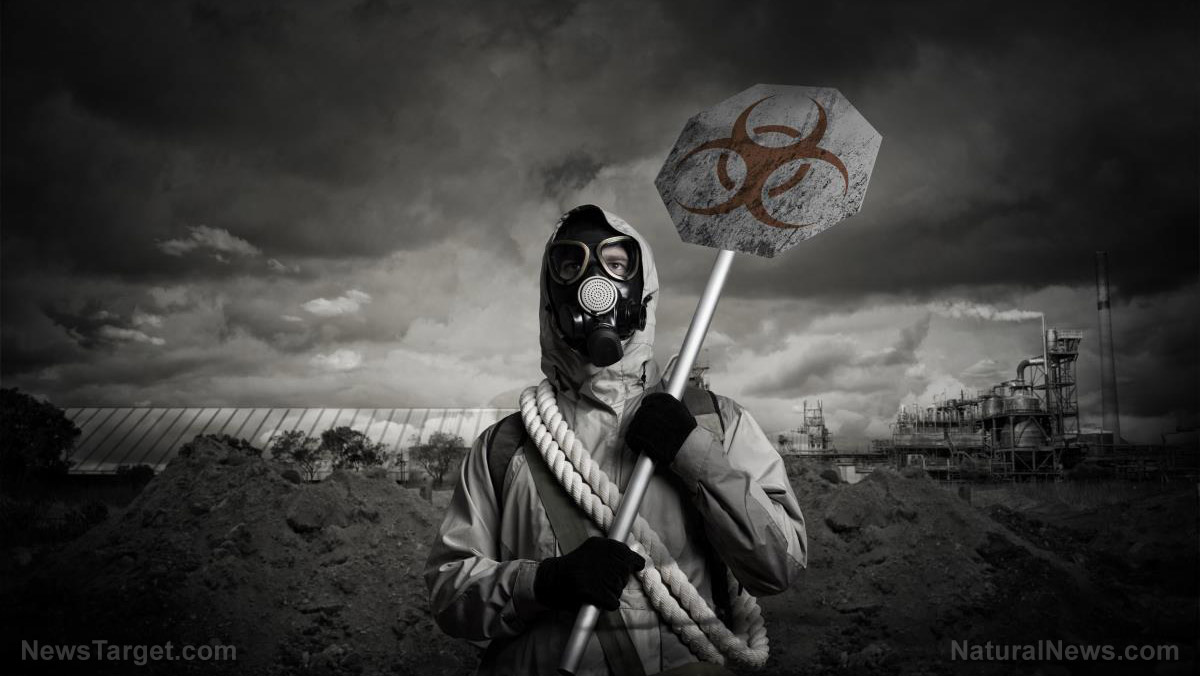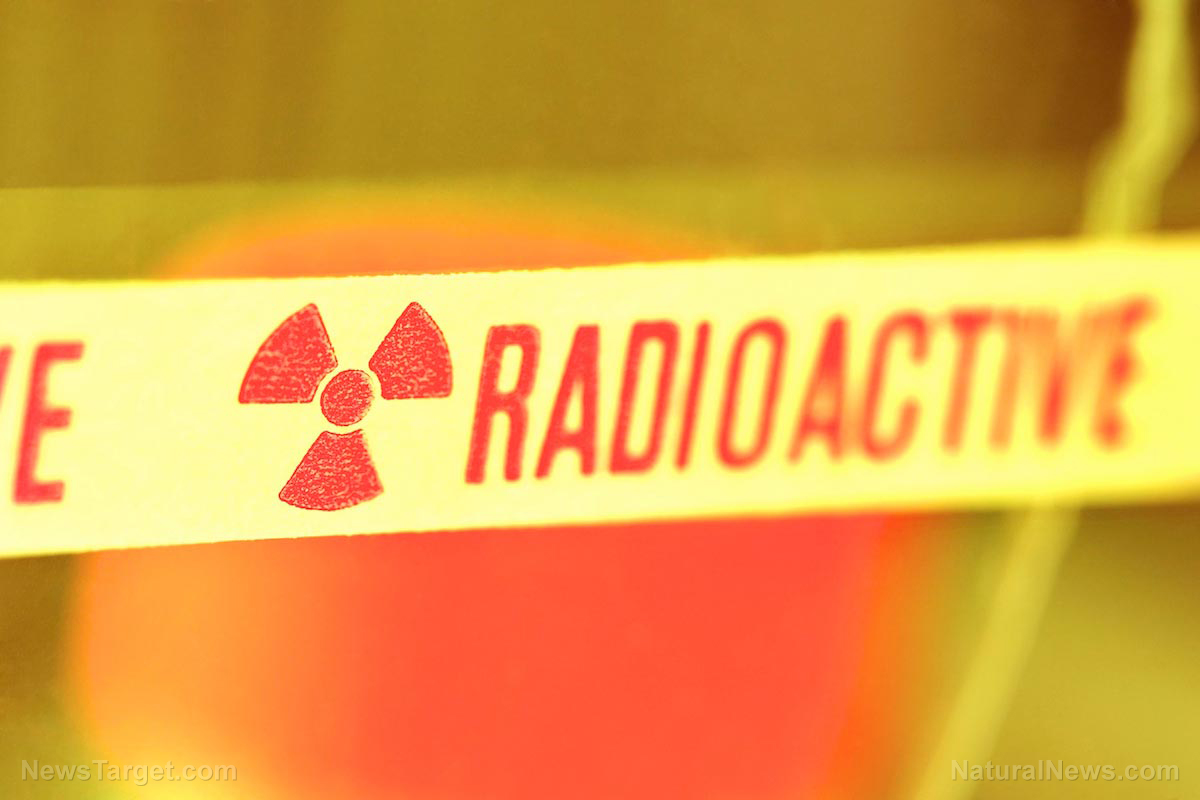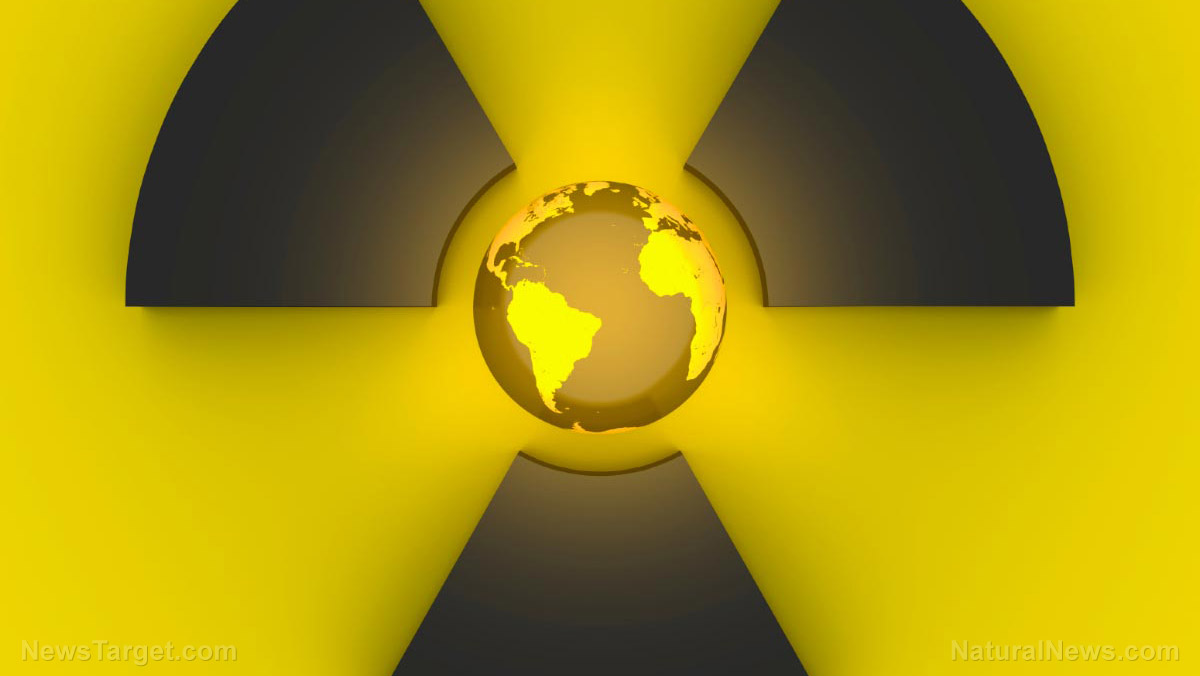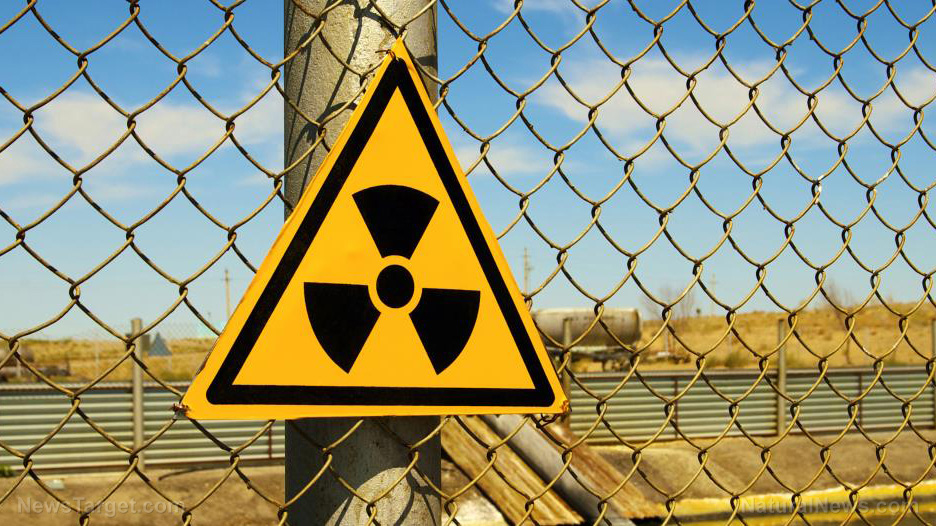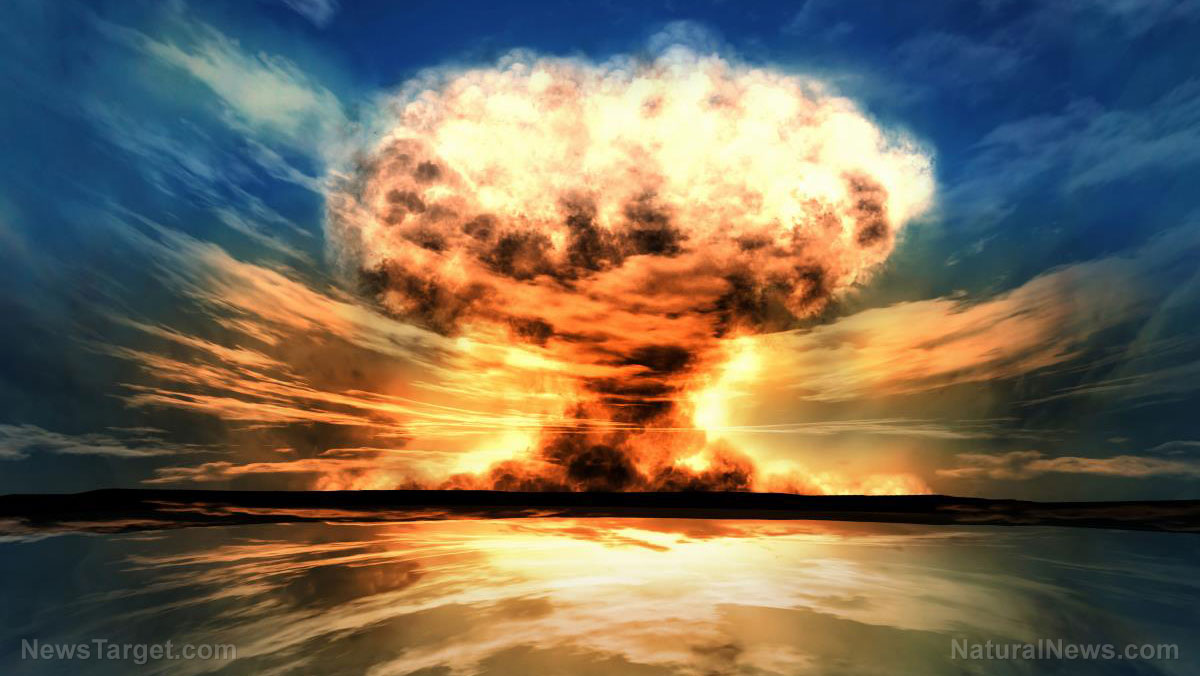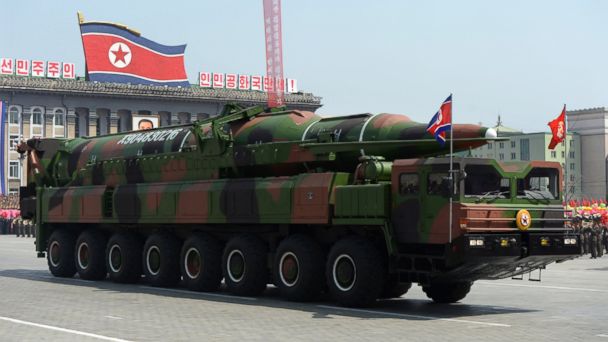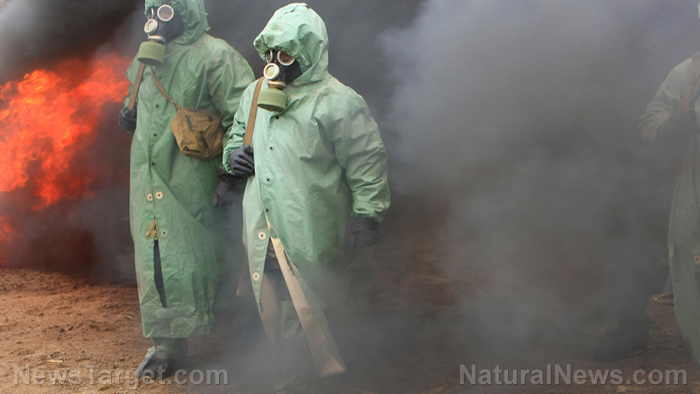Japan earthquake: social aftershocks of Fukushima disaster are still being felt
11/28/2016 / By fukushima
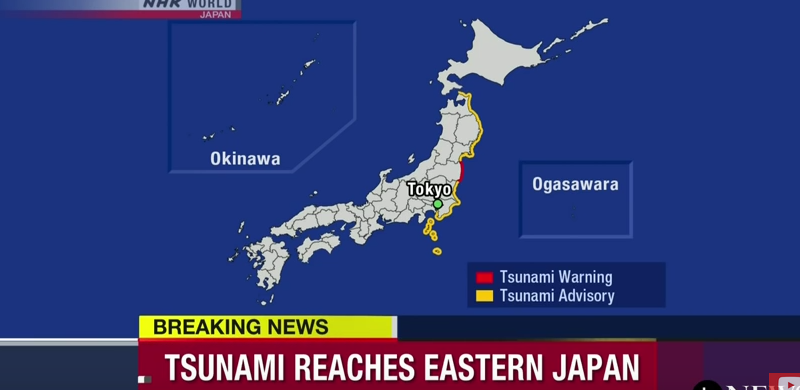
At 5.59am local time on November 22, Fukushima was hit by a 7.4 magnitude earthquake, triggering a tsunami warning. For residents in the same region of Japan devastated by the major 2011 Tōhoku earthquake and its tsunami, the threat of a renewed disaster was very real.
Article by The Conversation
The tsunami warning was lifted a few hours later, and the earthquake was later declared a long-term aftershock from the larger quake five years ago. But for people still coming to terms with that disaster and its aftermath, this new earthquake will severely test their resilience once again.
On March 11 2011, the 9.0 magnitude earthquake created a 15-metre tsunami that inundated the Fukushima Daiichi (Fukushima I) nuclear power station. Power was disabled to three reactors, which caused a serious nuclear accident as cooling systems failed. Large quantities of radiation were immediately released into the environment and approximately 100,000 people were evacuated.
The long-term social consequences of the original Fukushima Daiichi accident have been broad and far-reaching. Perception of risk, the likelihood of exposure to danger, has been at the heart of social controversy after the 2011 disaster. Radiation is invisible, and it is challenging to understand or percieve a threat that can only be detected by specialist scientific equipment. Often women and children are hit the hardest by this, regardless of socioeconomic status.
The concept of Fūhyōhigai, or the “harmful rumour”, was initially used by the media and local government to dismiss local women’s concerns about radiation exposure as weak and unscientific. However, this led to a cultural shift by women known as Fukushima’s “radiation brain moms”, who purchased monitoring equipment and took matters into their own hands, forming citizen radiation monitoring organisations (CRMOs).
By forming these groups of resistance, self-help and support, women rejected their culture’s social norms of obedience and subservience, that could have suppressed them from cultivating outrage over injustice and inequality. Participation in CRMOs has decreased over time, as the social memory of Fukushima Daiichi fades, but citizen science initiatives such as Safecast still provide useful information to many.
The recent earthquake temporarily halted the cooling system at the nearby Fukushima Daini (Fukushima II) reactor, and so there is likely to be a resurgence in monitoring, and a reunion of these support networks. Regardless of what happens now, there has already been a positive seismic shift in attitudes by both the government and scientists toward concerned mothers and community monitoring.
Living in ‘temporary’ permanence
Many impacts of the 2011 disaster have been hidden away in the private spaces of everyday life, with the tragedy putting enormous strain on family relations. Not only were thousands of families displaced from their homes, evacuation has meant the separation of family groups.

Two girls play on a swing next to a radiation monitor and their temporary housing in Minamisōma, Fukushima prefecture. Photograph by Thom Davies.
Where once three generations could live together in Fukushima’s close-knit rural villages, relocation to cramped prefabricated temporary housing has meant many are forced to live apart. Today, five years after the disaster, 174,000 people are still displaced in a state of “temporary” permanence. Disconnection from the familiarity of place and family, as well as the constant worry about radiation risk, even threatens marital relationships. “Atomic divorce” (Genpatsu rikon) is on the rise, with disagreements on radiation safety, or whether to relocate back to territory now deemed “decontaminated”. News of the recent earthquake will doubtless have jogged memories and resurfaced hidden tensions.
The Japanese government is gradually declaring sections of the 20km nuclear exclusion zone safe and habitable. Despite this, the desire to move back to previously contaminated land has been underwhelming. For example, four months after Naraha Town was declared safe in September last year, only 6% of former inhabitants decided to move home to one of Fukushima’s many atomic “ghost towns”.
In the town of Minamisōma, on the northern edge of the exclusion zone, thousands of mothers and children have refused to return, despite societal pressure not to “betray” their home communities.
Nuclear uncertainty
While Japan’s tsunami warning system worked well, there is still considerable uncertainty surrounding the consequences and likelihood of a further natural hazard causing a nuclear accident in Japan.
The 2011 Fukushima Daiichi accident had already permanently changed the Japanese nuclear landscape. The government has undergone a process of gradual nuclear decommissioning since October 2011, and Fukushima Daaichi and Dai-ni no longer produce energy. Yet, Japan is still heavily reliant on nuclear energy and since 2015 has restarted two of its nuclear reactors, with 24 other reactors in the process of restart approvals.
While social resilience to emergencies has improved since 2011 in Japan, the social aftershocks of Fukushima Daaichi are ongoing. Though many advances have been made that emancipate vulnerable populations and provide increased connectivity, it remains to be seen how much these new technologies and attitudes have improved social resilience and reduced the likelihood of anxiety within the community of Fukushima.
Read more at: theconversation.com
Tagged Under: 2016, Fukushima, Japan Earthquake, tsunami

